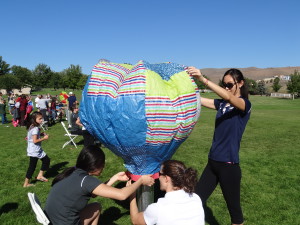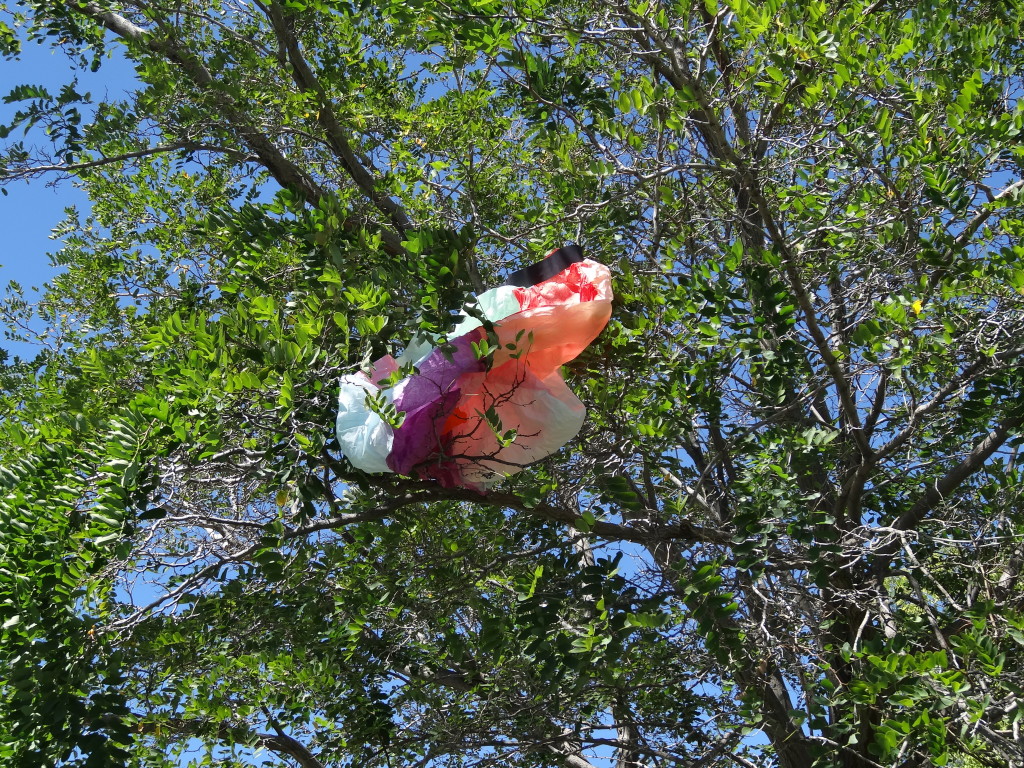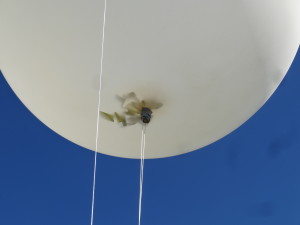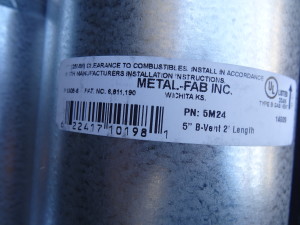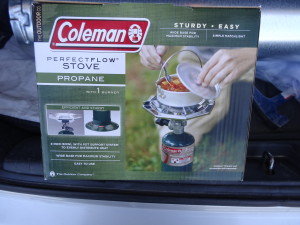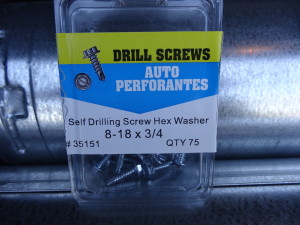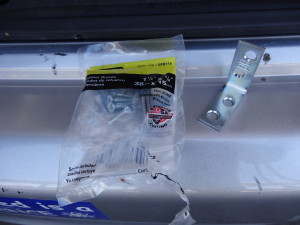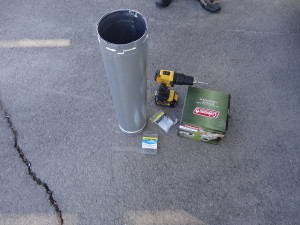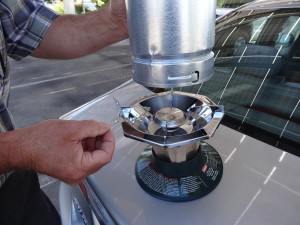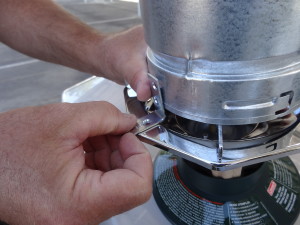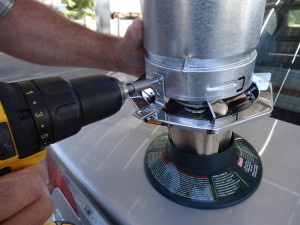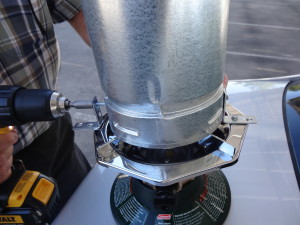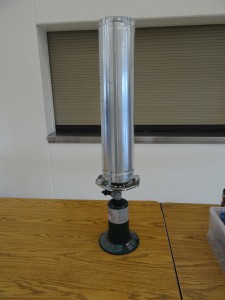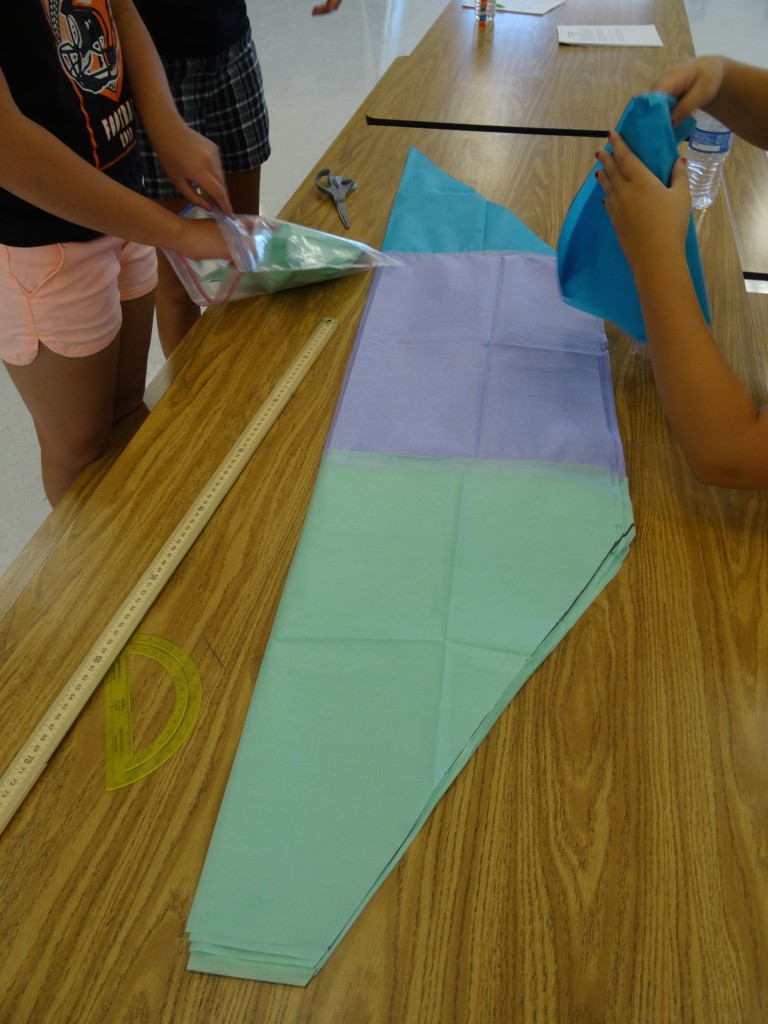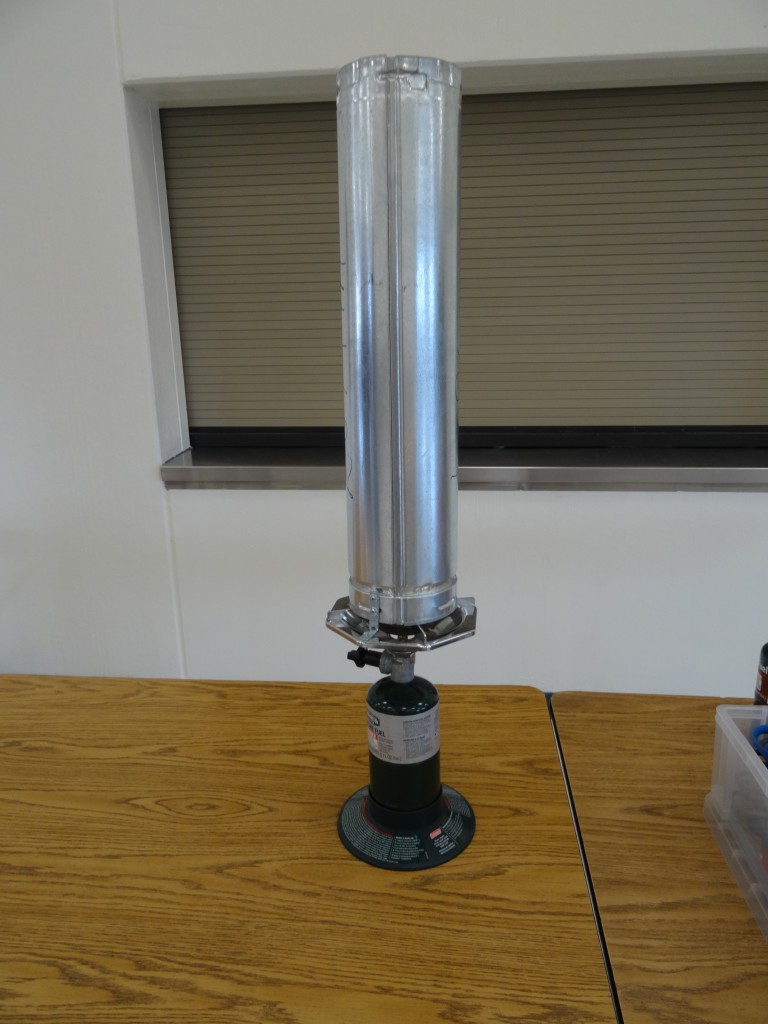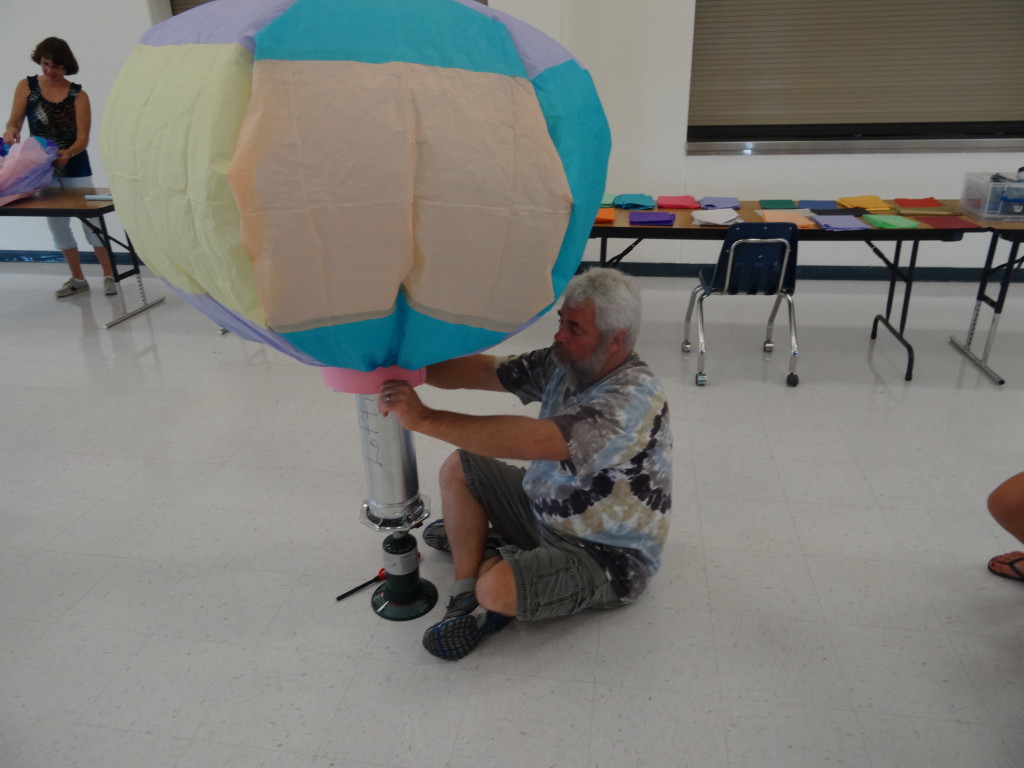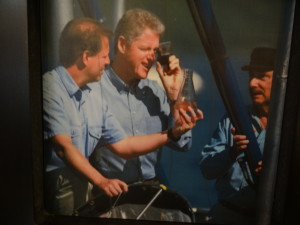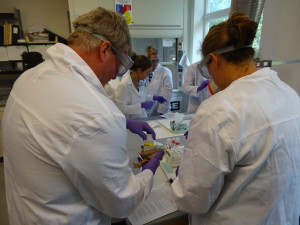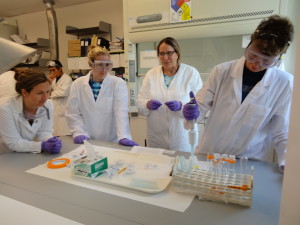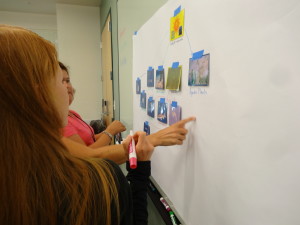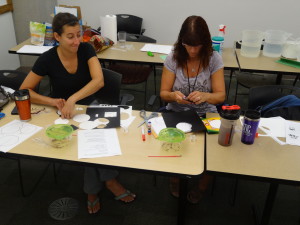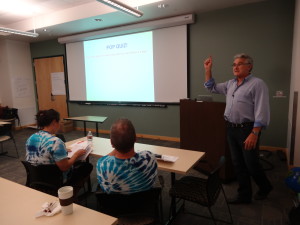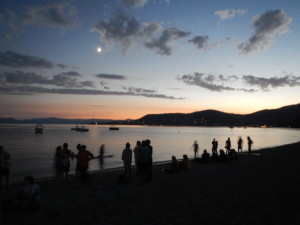Several folks from my department were asked to present on various topics during a school district’s Professional Development day today. Literacy, math, assessment, science, STEM, … the gamut of what we all do. The day took place at one of the school district’s high schools.
I arrived early and got set-up … used my department’s projector and speaker system – which I was glad I brought since none was really available in the classroom. So no sweat, done this a million times it seems.
Soon the room filled up and I jumped into my presentation a bit early since the room was full and I had lots to get through (I hate feeling that way at the beginning of a presentation or lesson … but that’s what they wanted me to cover … so???). Things were going very smoothly. I seemed to be getting a smattering of chuckles when I was expecting them and not when I wasn’t. My poignant points were having the desired effect … serious, thoughtful faces followed my lead. I was experiencing what many refer to as “Presenter’s Bliss.”
Then it started. I was describing a student project and a video clip was showing when my presentation just skipped to the next slide … and then the next. I sensed that I was squeezing the remote a bit too hard …. maybe …. so I went back and started the clip again and it got done and stopped …. and then it started over on it’s own while I was introducing the next slide. I figured maybe I had switched on the timer feature on my presentation that automatically switches to the next slide after 15 seconds or so … but I never use that, not sure how to set that up in Keynote. So I plunged ahead after apologizing to my now less-than-enraptured participants.
When it happened again, and again, I switched off the remote and decided to just use the arrow keys on my keyboard. That seemed to work, and after about 5 minutes we were a group in synch once more. Ahhh.
Yes, you got it. The next thing I knew my presentation went back 3 slides while I fought back with the arrow keys, at times wishing that they could really shoot arrows, to only some avail. I even considered restarting my computer while everyone waited and watched to hopefully rid it of whatever demons had taken up residence. But plowing ahead seemed a better choice, so plow I did. Things settled down a bit for the rest of our time and I only wrestled a bit with the randomness …. and I did my best to appear unaffected.
After the room cleared and I’d packed things up I ran into most of the presenters from the classrooms around me and we all commented on our presentations. How many attendees they’d had … reactions and feedback received … the usual stuff. When someone mentioned (have you already figured this out?) how their presentation had gone wonkers on them … there was a good 5 seconds of silence … then that knowing look flashed on everyones’ faces … our remotes had been changing slides on each others presentations … it had happened to all of us!
Ugh. Lesson learned.
Presentations can be messy!

